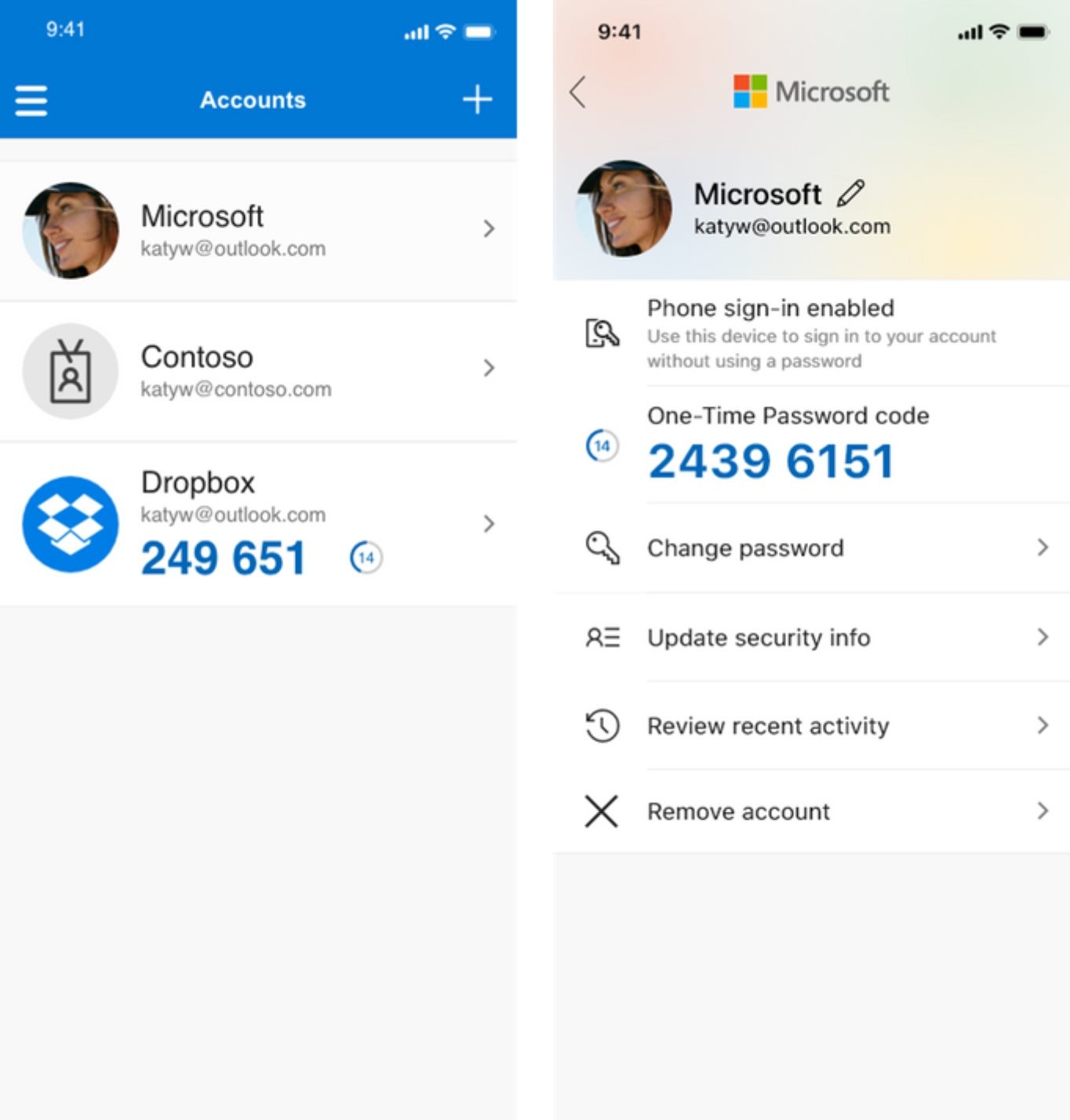
However, if Microsoft detects unusual sign-in activity, or if the user attempts performing a highly sensitive operation (restoring from a cloud backup, syncing passwords), the system will then request additional verification with any method. The second authentication factor will NOT be normally prompted. For example, one can set up offline authentication with Authenticator app (made by Google, Microsoft, or one of the many third parties) as well as prompt-based authentication with Microsoft Authenticator (available for Google, iOS and both versions of Windows 10). What’s so unique about this setup is the ability for the user to configure all possible two-factor authentication methods (SMS, push, TOTP etc.) without actually ENABLING two-factor authentication. Interestingly, the SMS will be automatically processed by the setup tool no user interaction would be required when setting up that phone. If no two-factor authentication is configured but the user has a trusted phone number and the device being set up is a new phone, Microsoft will attempt to send a text message to that phone. Interestingly, Microsoft would do exactly the same verification if one sets up an account on a new PC (desktop, laptop or tablet) and attempts to restore from OneDrive backup. Microsoft would also try to verify Microsoft Account activities once the user attempts to restore a new phone (Windows Phone 8.1 or Windows 10 Mobile) from OneDrive backup. Just like Google, the company would verify unusual sign-in activities occurring from a new device in another country. Even if the user does not want to use two-factor authentication and does not set up any secondary authentication methods, in some circumstances Microsoft would still prompt to confirm account login. Microsoft employs a somewhat unique approach to two-factor authentication. No wonder the two versions of Microsoft’s latest OS, Windows 10, share the same approach to two-factor authentication. The two factor is turned on or off at the service provider end.Beginning with Windows 8.1 and Windows Phone 8.1, Microsoft started unifying its mobile and desktop operating systems. The authenticator app is nothing more than a code generator. Without a backup to restore from the only option is to work with each of the service provider's account recovery methods. This check is important so we can be sure we're not overwriting or erasing an existing account by mistake. For example, if you're recovering your personal Microsoft account, you must make sure you don't have a personal Microsoft account already set up in the authenticator app. You can recover your account credentials from your cloud account, but you must first make sure that the account you're recovering doesn't exist in the Microsoft Authenticator app.


Then sign on with recovery account to do the restore.

You can restore from backup (assuming there was one) but make sure no accounts have been added to the newly install app.


 0 kommentar(er)
0 kommentar(er)
